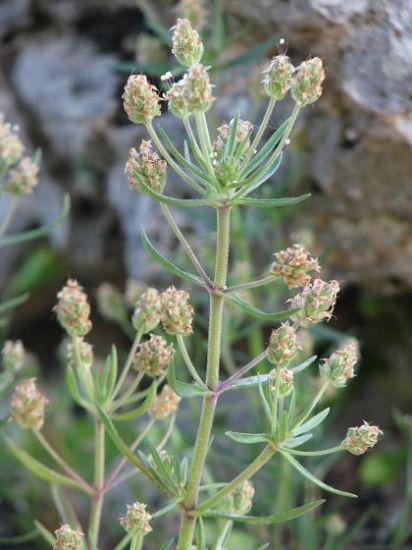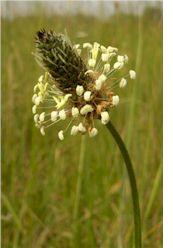Clammy Plantains اسفرزه
DESCRIPTION
This greater Plantain, Plantago major is also termed Waybred, Waybread, or Waybroad, “spread on the way,” and has followed our colonists to all parts of the globe, being therefore styled “The Englishman’s Foot” and “Whiteman’s Foot.” The root has a sweet taste, and gives the saliva a reddish tinge.
The Plantains (Plantaginacecoe), from planta, the sole of the foot, are humble plants, well known as weeds in fields and by roadsides, having ribbed leaves and spikes of flowers conspicuous by their long stamens. As Herbal Simples, the Greater Plantain, the Ribwort Plantain, and the Water Plantain, are to be specially considered.
The Greater Plantain of the waysides affords spikes of seeds which are a favourite food of Canaries, and which, in common with the seeds of other sorts, yield a tasteless mucilage, answering well as a substitute for linseed. The leaves of the Plantains have a bitter taste, and are somewhat astringent.
The generic name Plantago is probably derived from the Latin planta, the sole of the foot, in allusion to the broad, flat leaves lying close on the ground, and ago, the old synonym for wort, a cultivated plant.
The Plantains (Plantaginacecoe), from planta, the sole of the foot, are humble plants, well known as weeds in fields and by roadsides, having ribbed leaves and spikes of flowers conspicuous by their long stamens. As Herbal Simples, the Greater Plantain, the Ribwort Plantain, and the Water Plantain, are to be specially considered.
planta, the sole of the foot, in allusion to the broad, flat leaves lying close on the ground, and ago, the old synonym for wort, a cultivated plant.


MEDICINAL USES
Dioscorides advised that it should be applied externally for sores of every kind, and taken internally against haemorrhages. In the Romeo and Juliet of Shakespeare, Romeo says, “Your Plantain leaf is excellent for broken shin.”
It is of excellent curative use against the intermittent fevers of Spring.
The virtues of the greater Plantain as an application to wounds and sores were known of old. It possesses a widespread repute in Switzerland as a local remedy for toothache, the root or leaves being applied against the ear of the affected side. Those persons who proved the plant by taking it experimentally in various doses, suffered much pain in the teeth and jaws.
It gives rise to an active flow of urine when taken in considerable doses, and when administered in small doses of the diluted tincture, it has proved curative of bed wetting in young children.
Toads are thought to cure themselves of their ailments by eating its leaves. In Sussex, it is known as Lamb’s Tongue. The powdered root of the Ribwort Plantain is of use for curing vernal ague, a dessertspoonful being given for a dose, two or three times in a day.
The Water Plantain (Alisma Plantago), belonging to a different natural order, is common on the margins of rivers and ditches, getting its name from the Celtic alos, water, and being called also the greater Thrumwort, from thrum, the warp end of a weaver’s web. The root and leaves contain an acrid juice, dispersed by heat, which is of service for irritability of the bladder. After the root is boiled so as to dissipate this medicinal juice it makes an edible starchy vegetable.
Its fresh leaves applied to the skin will raise a blister, and may be used especially to relieve the swollen legs of dropsical subjects when the vesicles should be punctured and the serum drawn off. They contain a pungent butyraceous volatile oil. The seeds dislodged from the dry, ripe plant, by striking it smartly on a table, are good in decoction against bleedings, and are employed by country people for curing piles.
